How to Choose the Right Size of Motorcycle Tires for Safety

Selecting the right size of motorcycle tires is pivotal not only for your bike’s performance but also for your safety on the road. Tires serve as the critical contact point between your motorcycle and the pavement, playing a significant role in handling, braking, and stability. Incorrect tire size can adversely affect these aspects, potentially leading to unsafe riding conditions. This guide will help you navigate the process of choosing the correct tire size for your motorcycle, ensuring a safe and optimal riding experience.
Understand Tire Size Indicators
Motorcycle tire sizes are indicated by a series of numbers and letters printed on the tire’s sidewall, representing the tire’s width, aspect ratio, construction type, and rim diameter. For example, a tire marked as 180/55ZR17 has a width of 180mm, an aspect ratio of 55% (the height is 55% of its width), Z indicates it’s rated for speeds over 149 mph, R stands for radial construction, and 17 means it fits a 17-inch rim. Understanding these indicators is the first step in selecting the right tire size.
Consult Your Motorcycle’s Manual
The safest starting point for choosing tire size is your motorcycle’s owner’s manual or the sidewall of your current tires. Manufacturers specify tire sizes that are optimized for the motorcycle’s performance characteristics, including handling, load-bearing capacity, and speed rating. Adhering to these recommendations ensures the tires are suited for the vehicle’s engineering and design.
Consider Riding Style and Conditions
While sticking to manufacturer recommendations is safest, some riders might consider slight adjustments based on personal riding style or conditions. For example, a rider who frequents twisty roads might opt for a slightly wider rear tire for better traction during cornering. However, significant deviations from the recommended sizes can adversely affect the motorcycle’s handling and safety. It’s crucial to consult with a professional before making such changes.
The Impact of Incorrect Tire Sizes
Handling: The wrong tire size can negatively impact your motorcycle’s handling. Oversized tires might offer more grip but can make steering more difficult, while undersized tires may improve handling but reduce stability and grip.
Braking: The right tire size ensures optimal contact with the road, crucial for effective braking. Incorrect sizes can lead to increased stopping distances or uneven wear, affecting braking performance.
Speedometer Accuracy:
Tire size affects the speedometer reading. Changing tire sizes without adjusting the speedometer can result in inaccurate speed readings, potentially leading to unsafe speeds or traffic violations.
Suspension and Clearance:
Tires that are too large for the bike can rub against the suspension or bodywork, while too-small tires can alter the suspension dynamics. Both scenarios can compromise safety and performance.
Check Compatibility with Your Bike’s Rim
Tire and rim compatibility is essential for safety. Each tire size is designed to fit a specific rim width. Mounting a tire on a too narrow or too wide rim can cause poor handling, uneven wear, and even tire failure. Always ensure the tire size you choose is compatible with your bike’s rim sizes.
Professional Advice
When in doubt, seek professional advice. Tire specialists and motorcycle mechanics can provide valuable insights based on experience and knowledge about how different tire sizes affect various motorcycle models and riding styles.
Choosing the right size of motorcycle tires is critical for ensuring your bike performs safely and as intended. By understanding tire size indicators, adhering to manufacturer recommendations, considering your riding style and conditions, and consulting with professionals, you can make informed decisions that enhance your motorcycle’s safety and performance. Remember, the right tire not only contributes to your bike’s handling and efficiency but is also a vital investment in your riding safety.
Similar Advices




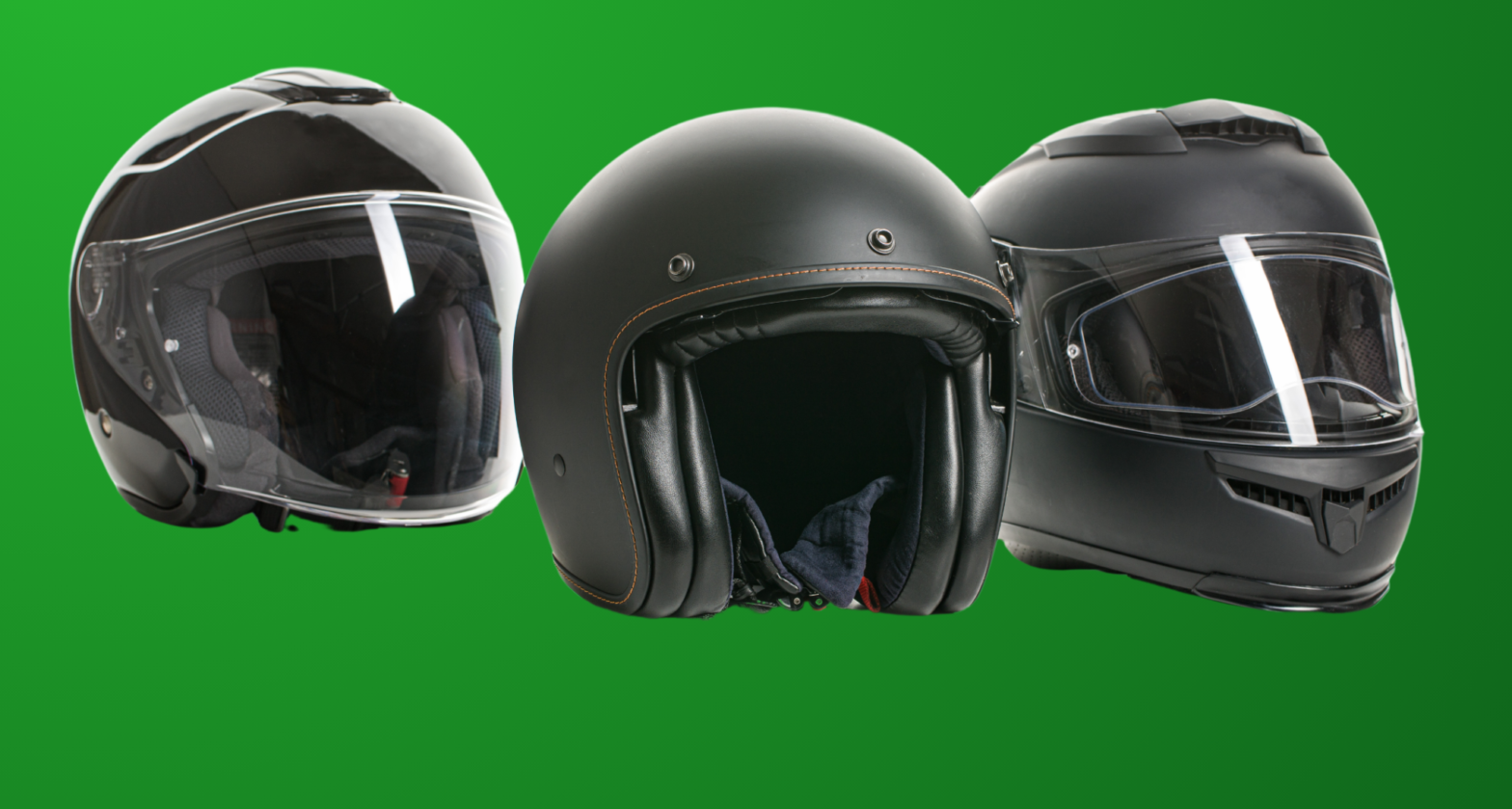



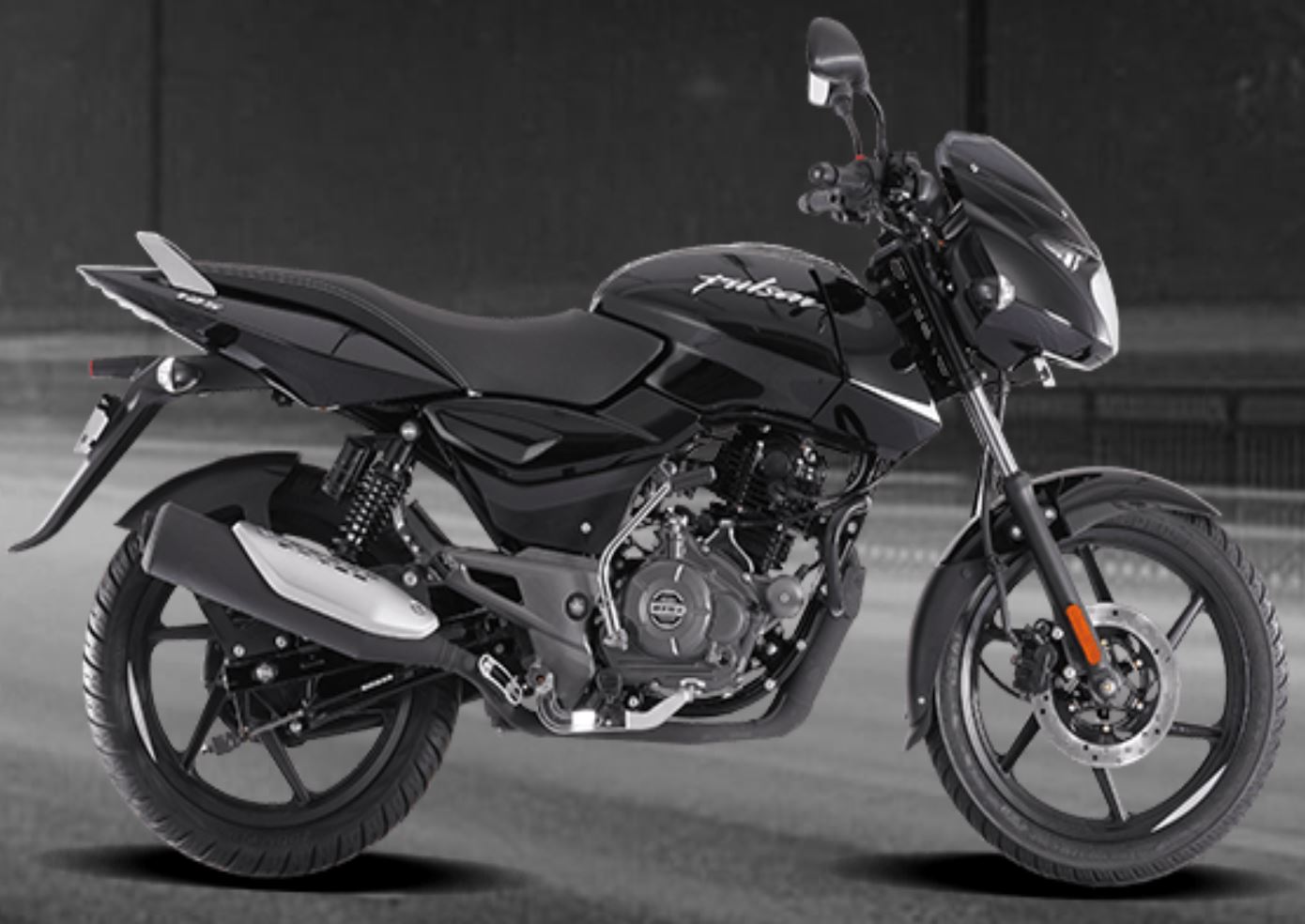
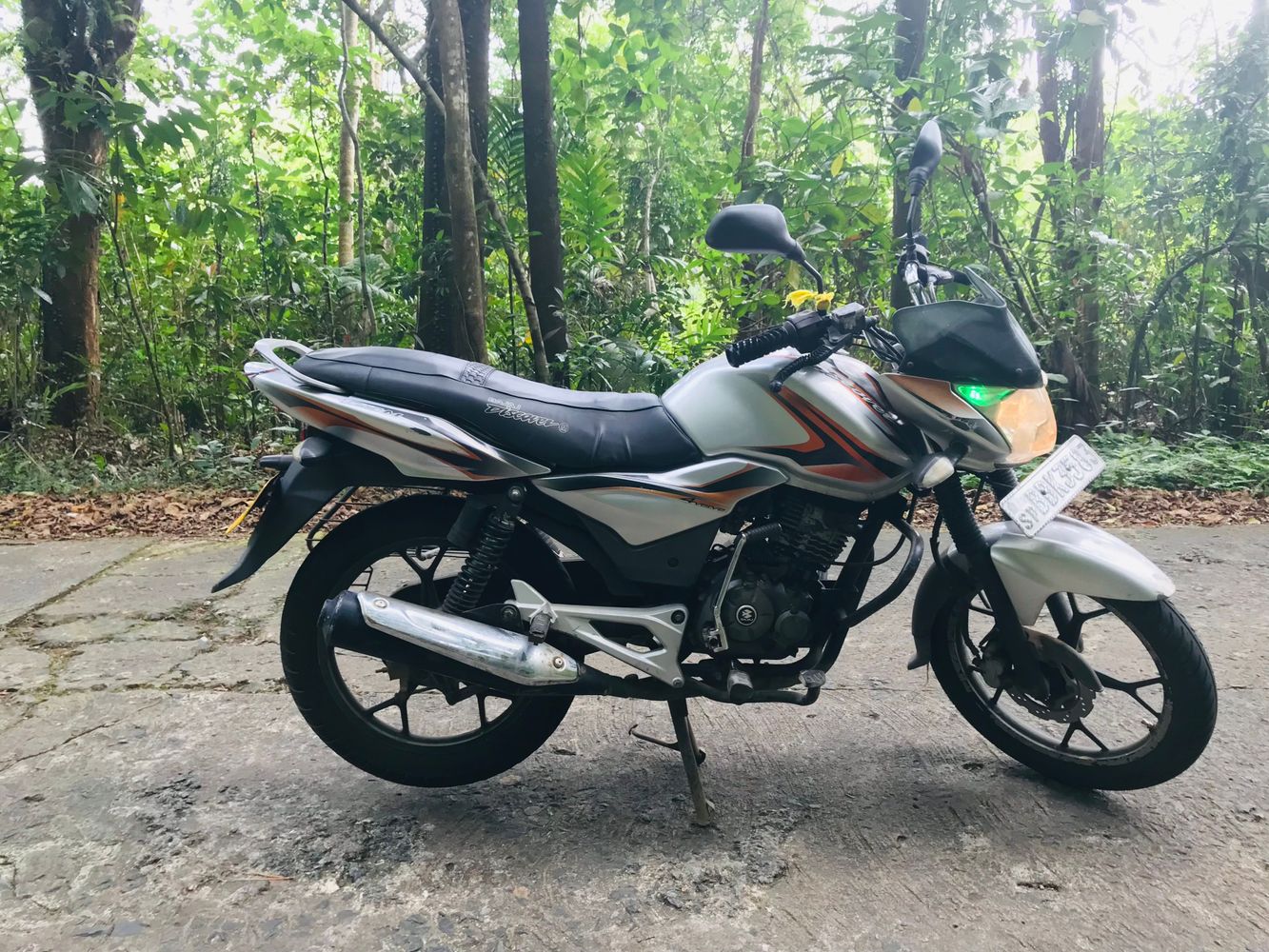
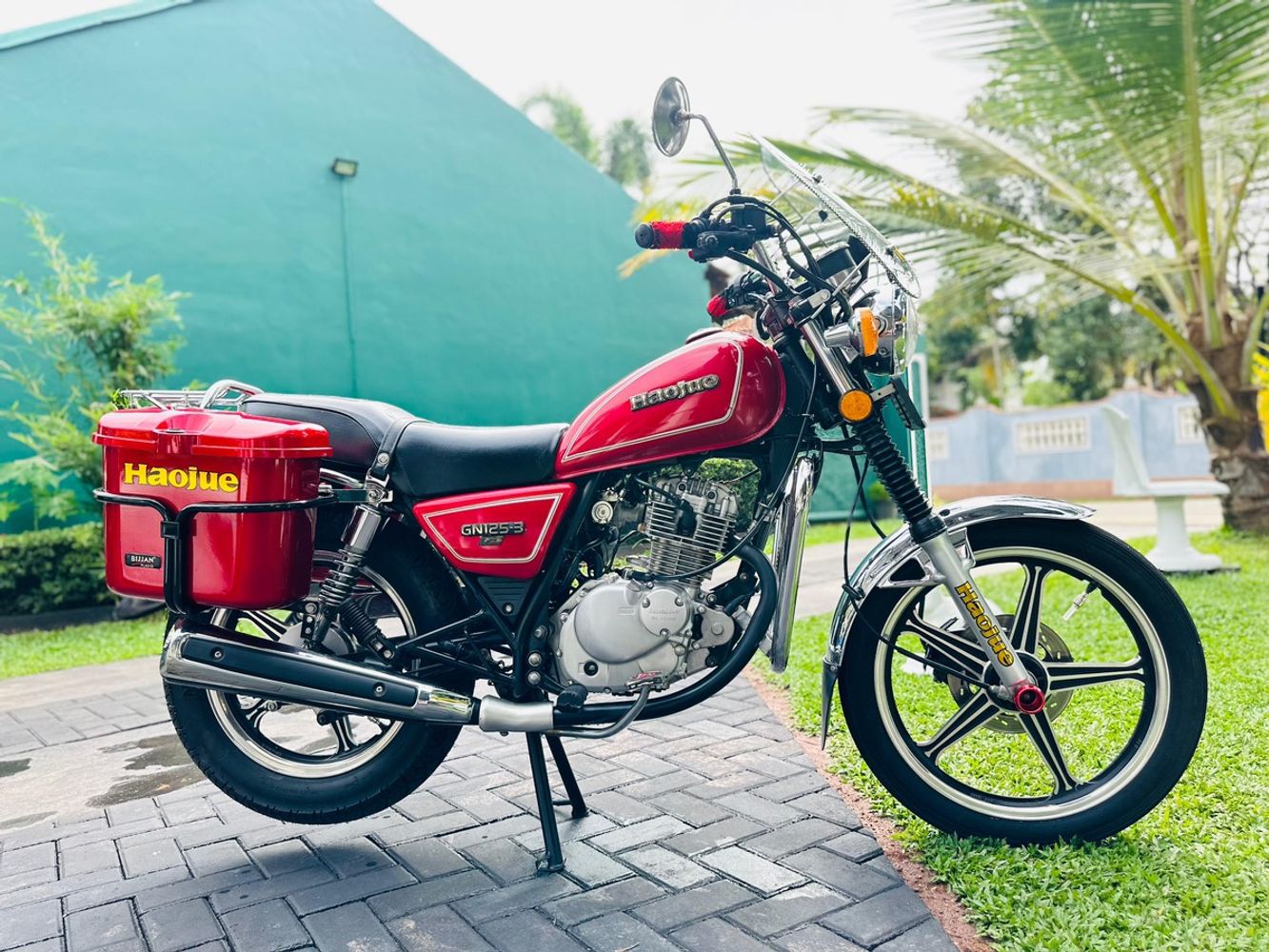
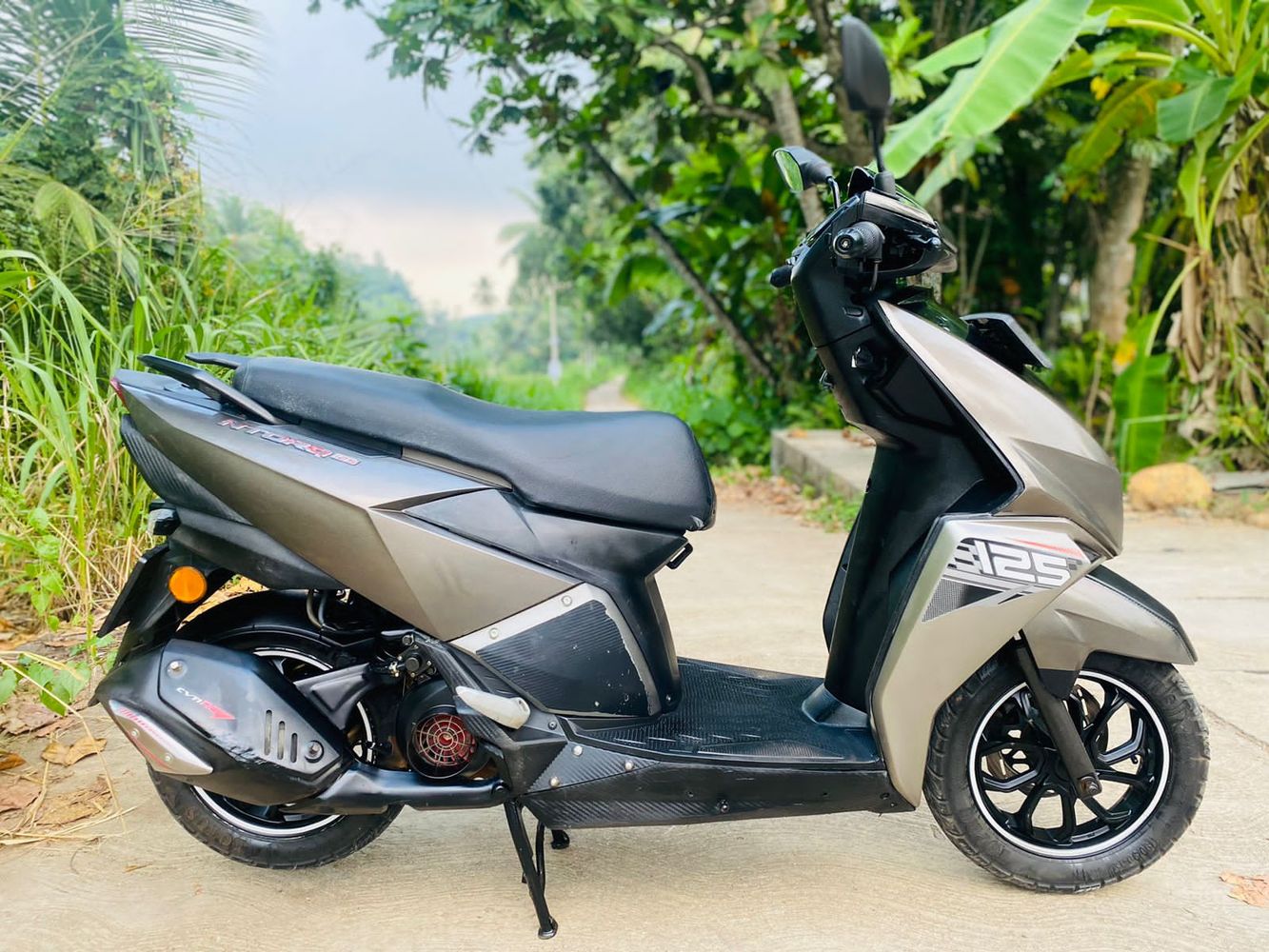
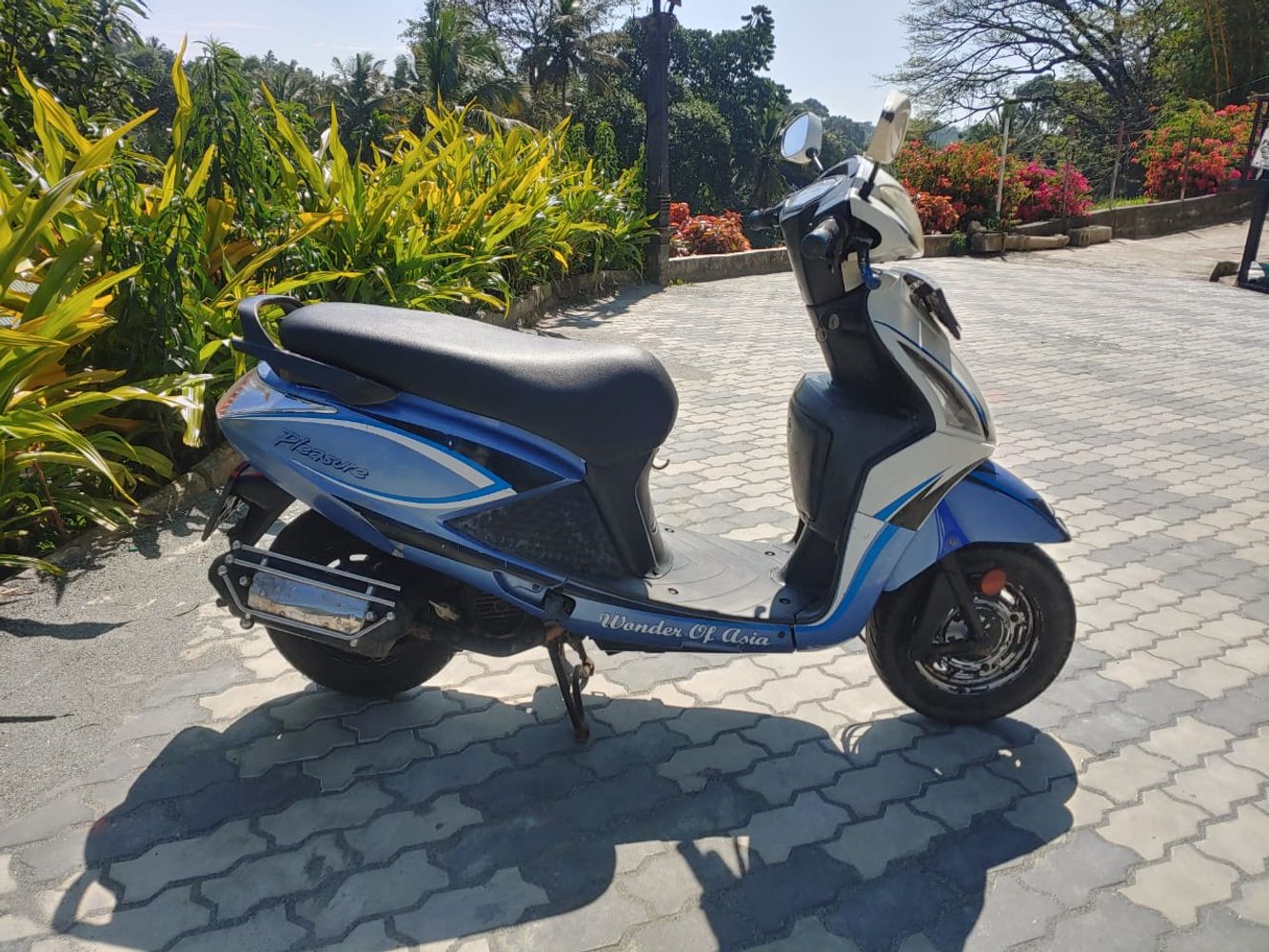
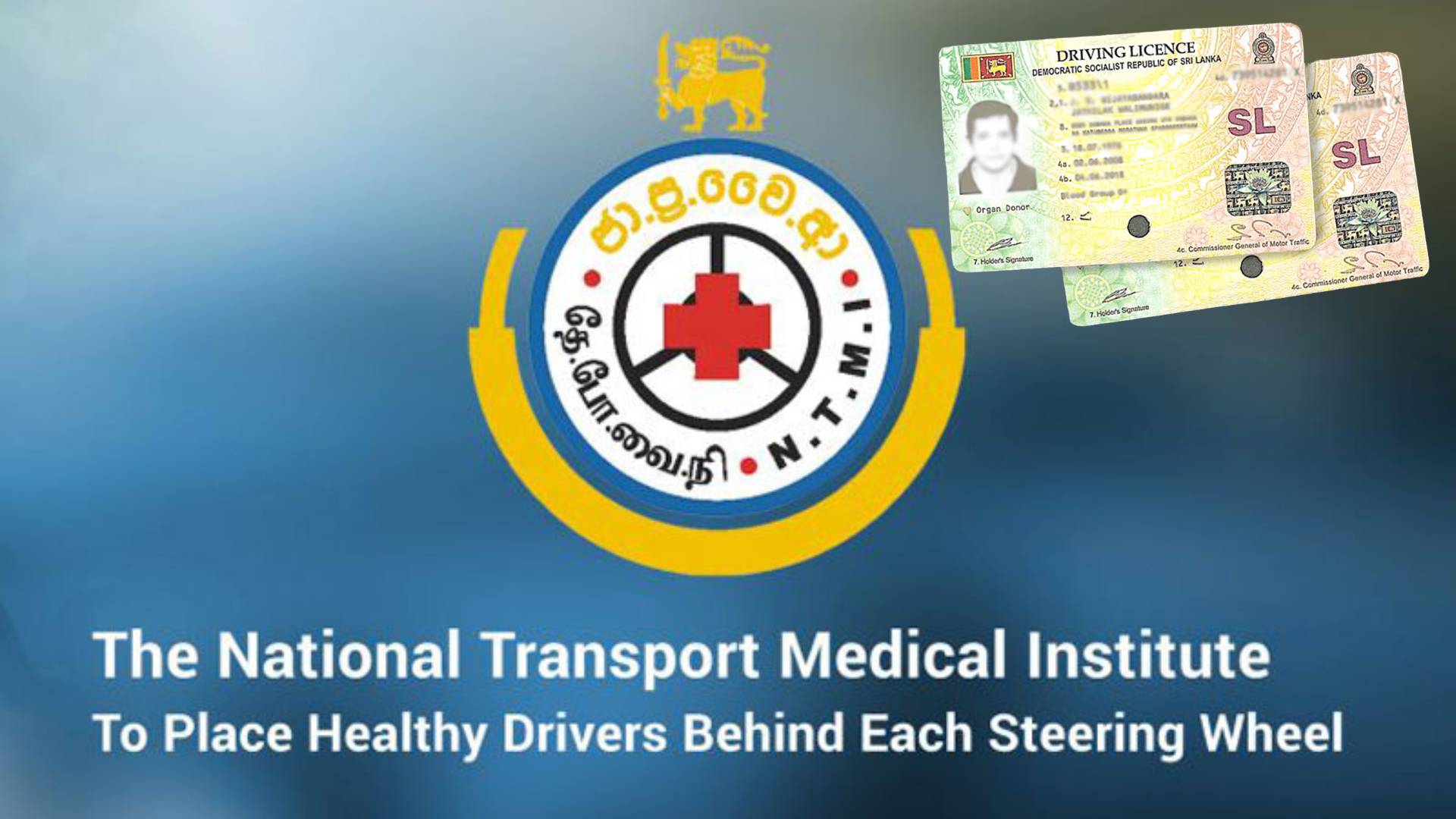
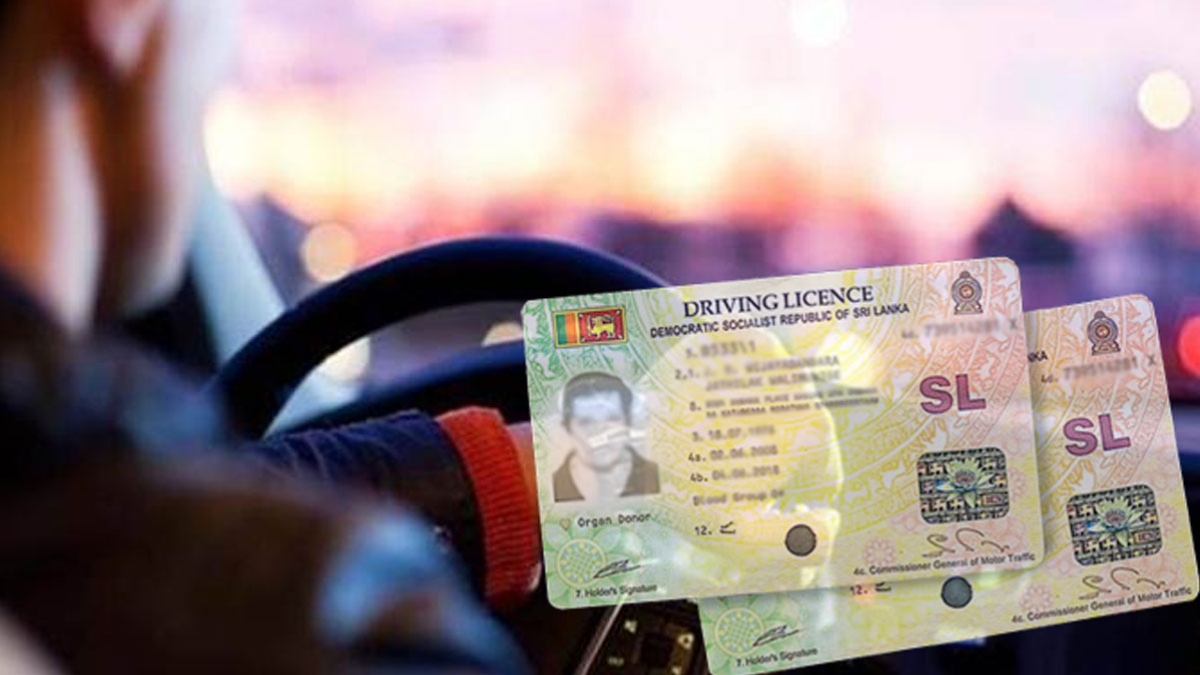



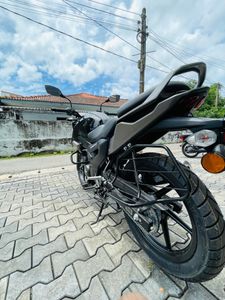
 MEMBER
MEMBER 



